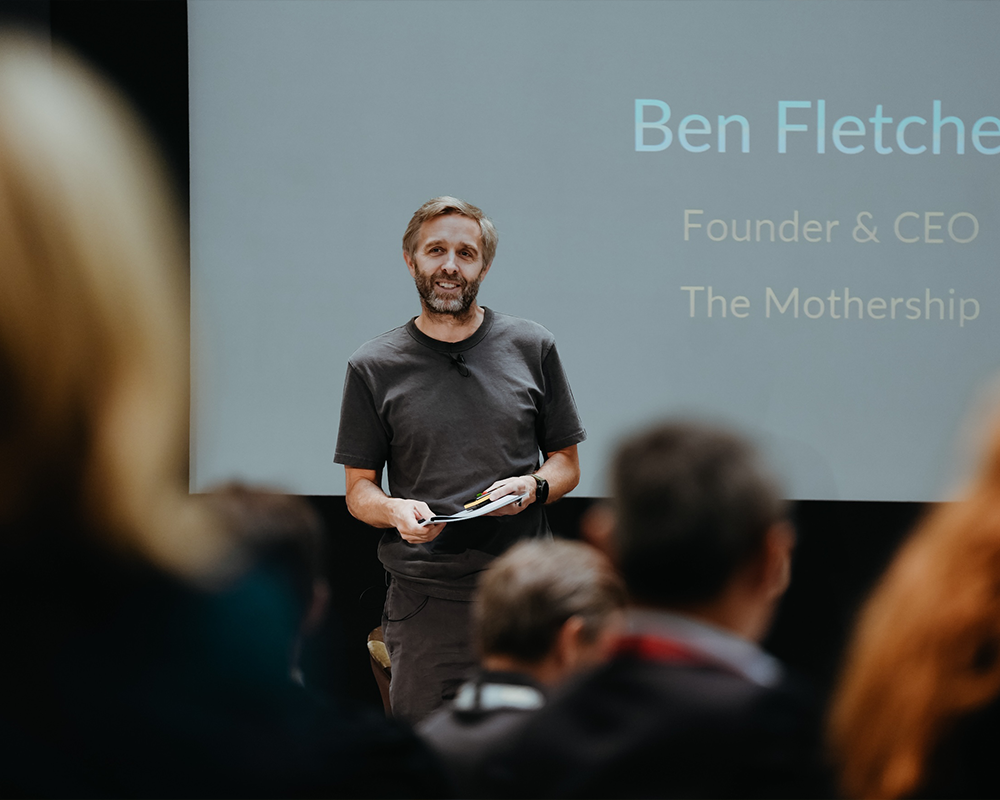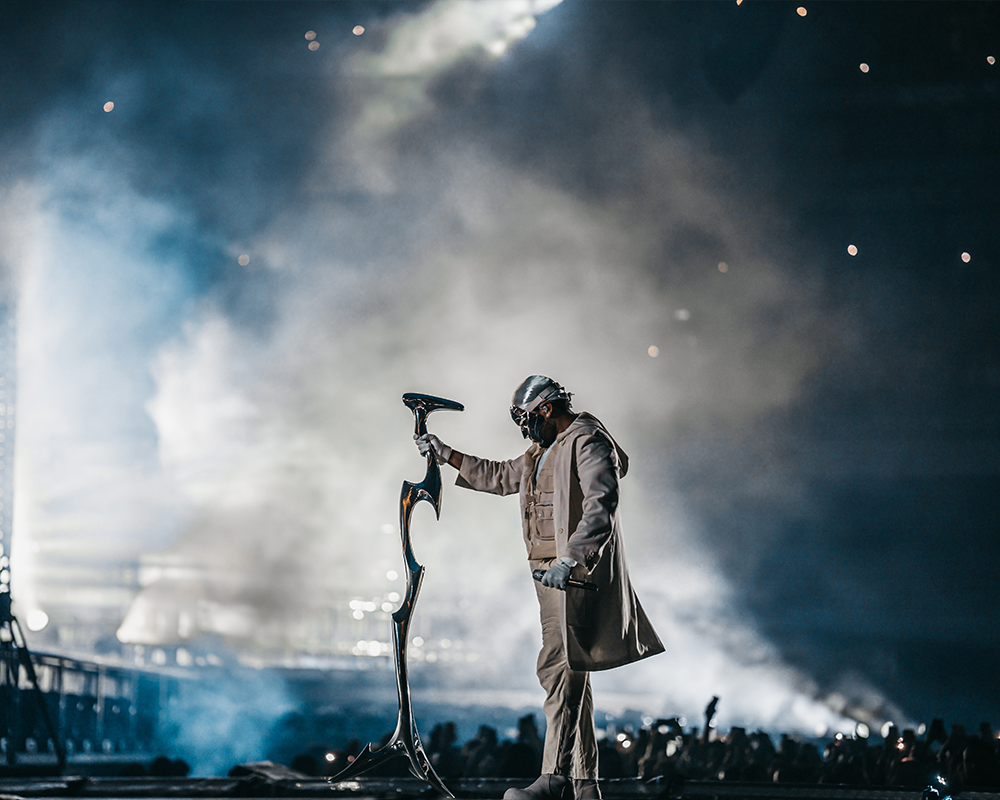Most concerts unfold in moody or shifting illumination, ranging from intense neon beams to strobe flashes within seconds. Cameras must react quickly, typically increasing ISO settings or opening the aperture widely to preserve detail. Lenses with a large maximum aperture - like f/2.8 or wider - are a huge help, letting enough light in so that movement and facial expressions still appear crisp.
Of course, having the right kit is only half the story. Photographers need to gauge lighting changes on the fly, predicting just how long a colourful spotlight might linger on the vocalist. In that split second, the difference between snapping at the perfect peak or missing it can define the entire gallery from the night.
Timing is everything: Getting the right shot
Stage happenings change at breakneck speed - sudden leaps, dynamic solos, or unexpected guest appearances happen with little warning. Certain venues also restrict photography to the first few songs, so there’s no time to dawdle or warm up. As soon as the show begins, the shutters start clicking.
Being familiar with a band’s style can be a secret weapon. Maybe the drummer always leaps up during the final chorus, or the bassist tends to strike dramatic poses mid-track. Anticipating these habits helps a photographer stay primed for that golden moment. It’s similar to sports photography in that sense - observing movements and reading patterns is the key to capturing split-second expressions that speak volumes.
REQUEST A QUOTE BY EMAIL
Working in the midst of crowd energy
Jostling among enthusiastic fans or ducking behind security can be challenging, especially if a dedicated photo pit is small or non-existent. Photographers must navigate the scene respectfully, since concertgoers have paid to see an artist without a camera lens blocking their view. Maintaining good manners and moving fluidly helps preserve everyone’s enjoyment of the show.
In smaller clubs or independent venues, the photographer might be right there in the crowd, crammed close to the stage. Though that can mean limited elbow room, it also offers special angles - expressions on fans’ faces, quick interactions between performer and audience, or playful stage antics that only happen in tight-knit settings. Capturing such unpolished moments often adds a whole new dimension to a photo collection.
Behind the scenes: moments offstage
The stage is where fans’ attention naturally goes, though it’s not the only place to find compelling images. Backstage glimpses can be equally revealing - band members chatting in the green room, finishing last-minute sound checks, or having a laugh about a small technical hiccup. Such candid shots underscore the dedication and camaraderie behind every gig.
Having behind-the-scenes access often relies on good rapport with artists or event organisers. Some prefer privacy when they step off the stage. Others welcome a cameraman presence, liking how it documents the anticipation that builds before a big show or the relief afterwards. In these instances, the photographer becomes part historian, part confidant, immortalising fleeting moments that might otherwise pass unnoticed.
Editing: turning raw captures into emotional art
Once the encore ends and the crowd disperses, photographers still have work to do. Reviewing hundreds - occasionally thousands - of shots is only the beginning. Balancing shadows and highlights, tweaking colour casts from vibrant stage lights, and ensuring skin tones look natural can transform a good photo into a powerful one.
The objective is to enhance rather than distort the essence of the performance. If the night featured blues and purples swirling around the singer, that ambiance should remain. A small crop might remove a stray mic stand. Converting certain shots to black and white can dial up the drama. Striking that middle ground between refined and authentic is vital, so that the final images remain truthful to the concert’s excitement.

Range in genre and style
Concert photography covers an array of musical settings, from mellow jazz nights in underground clubs to massive stadium pop concerts. Each environment calls for its own method. An ambient electronic show might bathe the performer in minimal light, forcing the photographer to be stealthy and precise. A boisterous punk gig in a small bar demands quick reflexes and tolerance for the crush of a lively audience. Then there’s the festival stage, where multiple artists and swirling visuals turn every hour into a chance to capture something fresh.
Some photographers pick a genre and immerse themselves fully, growing intimately familiar with that scene’s rhythms. Others love variety, revelling in the fresh challenges each setting poses. Nonetheless, the heart of concert photography remains the same: capturing the moment and emotion as they erupt in real time.
Why these photos matter
Artists use striking performance images to summarise their style, share glimpses from the road, or simply show fans they had a remarkable night. Venues cherish quality coverage that highlights their stage layout and dynamic lighting, which can attract future artists and audiences. Fans who missed out on a show can still feel part of the experience through dramatic pictures. Even sponsors gain from brand exposure if their logos appear in crowd shots or backstage frames.
Beyond short-term marketing, concert photos also serve as visual records of a band’s trajectory. One night’s wild encore may become part of an artist’s history, recirculated in articles, documentaries, or memorial reels. For that reason, skilled photographers act as unofficial archivists, snapping fragments of cultural moments that might otherwise vanish once the last chord fades.
REQUEST A QUOTE BY EMAIL
Seeing music through a viewfinder
In the end, concert photographers or fashion photographers develop a unique blend of technical skill and a love of live performance. They sense the stage’s heartbeat, reading each chord progression and anticipating when a vocalist might belt out a spine-tingling note. The role demands creativity, adaptability, and sincere fondness for music in all its shapes.
FAQ
Do concert photographers need special permission to shoot at events?
Yes, most concerts require official approval from the artist, venue, or event organiser. Without permission, security may prevent professional cameras from being used.
Do you need a press pass to photograph concerts?
For major events, a press pass or media accreditation is typically required. Smaller gigs or independent venues may allow access through direct arrangements with the artist or management.
Who owns the rights to the concert photos?
By default, the photographer owns the copyright unless a contract states otherwise. However, some artists or venues may impose restrictions on how the images are used or distributed.
How much does concert photography cost?
Pricing varies based on the event size, photographer’s experience, and usage rights. Rates can range from £200–£1,500 per event, with additional costs for extended licensing or exclusive rights.
What licensing options are available for record labels, media, or sponsors?
Concert photos can be licensed for editorial use, commercial campaigns, album artwork, or sponsorship branding. Options include one-time usage rights, full buyouts, or ongoing licensing agreements depending on the client’s needs.
Yes, most concerts require official approval from the artist, venue, or event organiser. Without permission, security may prevent professional cameras from being used.
Do you need a press pass to photograph concerts?
For major events, a press pass or media accreditation is typically required. Smaller gigs or independent venues may allow access through direct arrangements with the artist or management.
Who owns the rights to the concert photos?
By default, the photographer owns the copyright unless a contract states otherwise. However, some artists or venues may impose restrictions on how the images are used or distributed.
How much does concert photography cost?
Pricing varies based on the event size, photographer’s experience, and usage rights. Rates can range from £200–£1,500 per event, with additional costs for extended licensing or exclusive rights.
What licensing options are available for record labels, media, or sponsors?
Concert photos can be licensed for editorial use, commercial campaigns, album artwork, or sponsorship branding. Options include one-time usage rights, full buyouts, or ongoing licensing agreements depending on the client’s needs.



